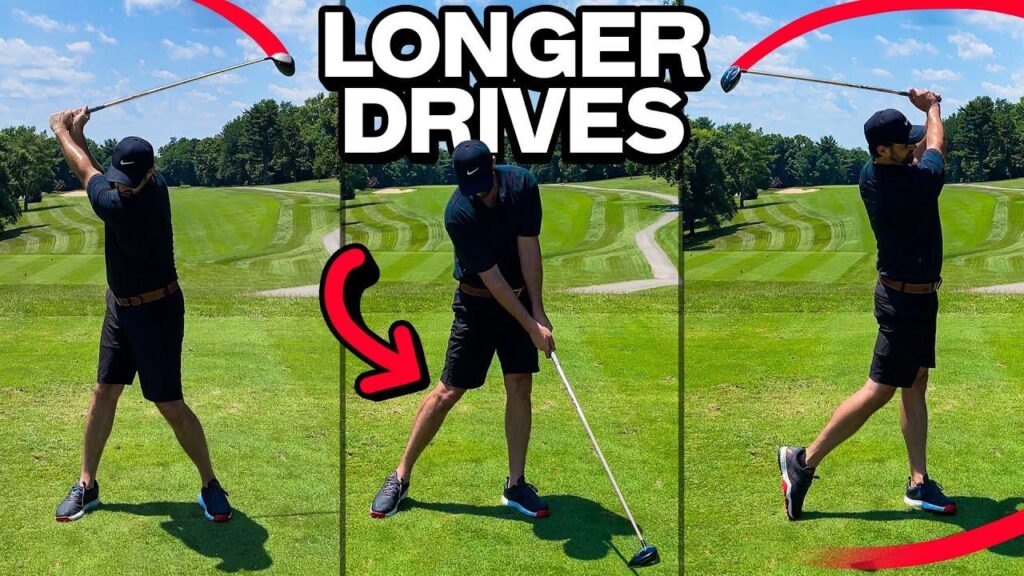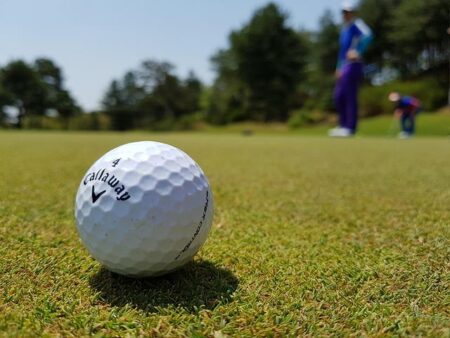In the competitive world of golf, the ability to consistently hit longer drives can be a game-changer for players seeking to improve their score and overall performance. Recognizing this, a new lesson plan has been developed to help golfers of all skill levels enhance their driving distance through targeted techniques and training methods. This article explores the key components of the “Hitting Longer Drives” lesson plan, detailing how instructors are combining biomechanics, equipment optimization, and practice routines to unlock greater power off the tee. Whether you’re a weekend enthusiast or aspiring professional, these expert-backed strategies promise to elevate your driving game to the next level.
Mastering Swing Mechanics to Maximize Drive Distance
Optimizing your swing mechanics is essential for increasing driving distance on the golf course. Key elements such as grip pressure, body rotation, and weight transfer work in harmony to unleash maximum clubhead speed. A relaxed yet firm grip allows for better control, while a full shoulder turn generates greater torque. Timing the shift of weight from the back foot to the front during the downswing ensures efficient energy transfer, resulting in longer, straighter drives.
Focusing on these critical factors can produce measurable improvements in driving performance. Players should emphasize:
- Consistent posture: Maintain a balanced stance with slight knee flex.
- Smooth tempo: Avoid rushing the backswing for better rhythm.
- Proper sequencing: Initiate the downswing with the lower body.
- Follow-through: Complete a full and controlled finish.
| Element | Impact on Drive | Drill to Improve |
|---|---|---|
| Grip Pressure | Enhances control and speed | Grip pressure meter exercise |
| Body Rotation | Generates torque for power | Mirror rotation drills |
| Weight Transfer | Optimizes energy delivery | Step-through swing practice |
Optimizing Physical Conditioning for Enhanced Power and Control
Increasing driving distance while maintaining control hinges largely on targeted physical conditioning. Golfers who prioritize strength, flexibility, and balance gain a measurable advantage in power output and swing consistency. Focused exercises such as rotational core training, plyometric drills, and mobility work directly translate to a more explosive, controlled swing. Incorporating resistance training to build lower body stability enhances ground force reaction, enabling smoother weight shifts and maximizing clubhead speed.
Key conditioning elements include:
- Core Stability: Improves torque generation and reduces injury risk.
- Lower Body Strength: Facilitates powerful leg drive and balance.
- Flexibility: Expands range of motion for a fuller backswing.
- Explosive Power Training: Enhances quick twitch muscle fibers necessary for fast, controlled swings.
| Exercise | Focus Area | Reps/Sets |
|---|---|---|
| Medicine Ball Rotational Throws | Core Power | 3 sets of 10 |
| Box Jumps | Explosiveness | 4 sets of 8 |
| Hip Flexor Stretches | Flexibility | Hold 30 sec each side |
| Squat with Resistance Bands | Lower Body Strength | 3 sets of 12 |
The Way Forward
In conclusion, mastering the techniques outlined in this lesson plan can significantly improve drive distance for golfers of all skill levels. By focusing on key fundamentals such as stance, swing mechanics, and mental preparation, players are equipped to add valuable yards off the tee. As the demand for longer drives continues to grow in the sport, structured practice regimens like this one offer a practical roadmap to achieving measurable improvements. Golfers looking to boost their game would do well to incorporate these lessons into their training routine, turning theory into tangible results on the course.








